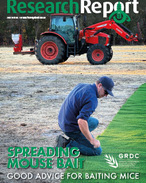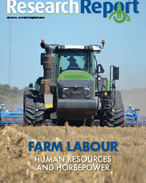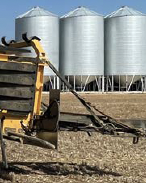This article is 3 years old. Images might not display.
For farmers, the larger 4/3" CMOS imaging sensor should offer better quality still images despite having the same number of effective pixels at 20MP (5280×3956 pixels). Camera field of view is 84 degrees (24mm equivalent).
By comparison, the Mavic 2 Pro and Mavic Air 2s both use a 20MP 1" CMOS sensor and optically deliver 77-degree (28mm equivalent) and 88-degree (22mm equivalent) field of view lenses.
Larger sensor sizes typically capture better images because the pixels on the sensor are larger and capture more light. A larger sensor is also more forgiving of lens quality and in the small format required for drone use, this can be beneficial.
But the Mavic 3 has not one, but two cameras with the second offering an optical zoom with 15-degree field of view (162mm equivalent) to a 1/2" 12MP CMOS sensor.
In addition to providing an alternative perspective and potentially cinematic-looking video, the zoom camera may allow those spectacular shots of seeding or harvest from a safe distance. We have heard stories of drones going under seeding bars, into tractor cabs and being rescued just before a nasty ride up the broad elevator!
But the flight time of 46 minutes equates to a total flight distance of 30km per 5Ah battery charge.
Maximum ascent speed has increased significantly to 8m/s while descent speed is 6m/s and flight speed is rated at 68.4km/h.
But pricing has increased with the base Mavic 3 costing $3099. By comparison, the Air 2S can be bought for $1699.
More information: www.dji.com/au/mavic-3






















